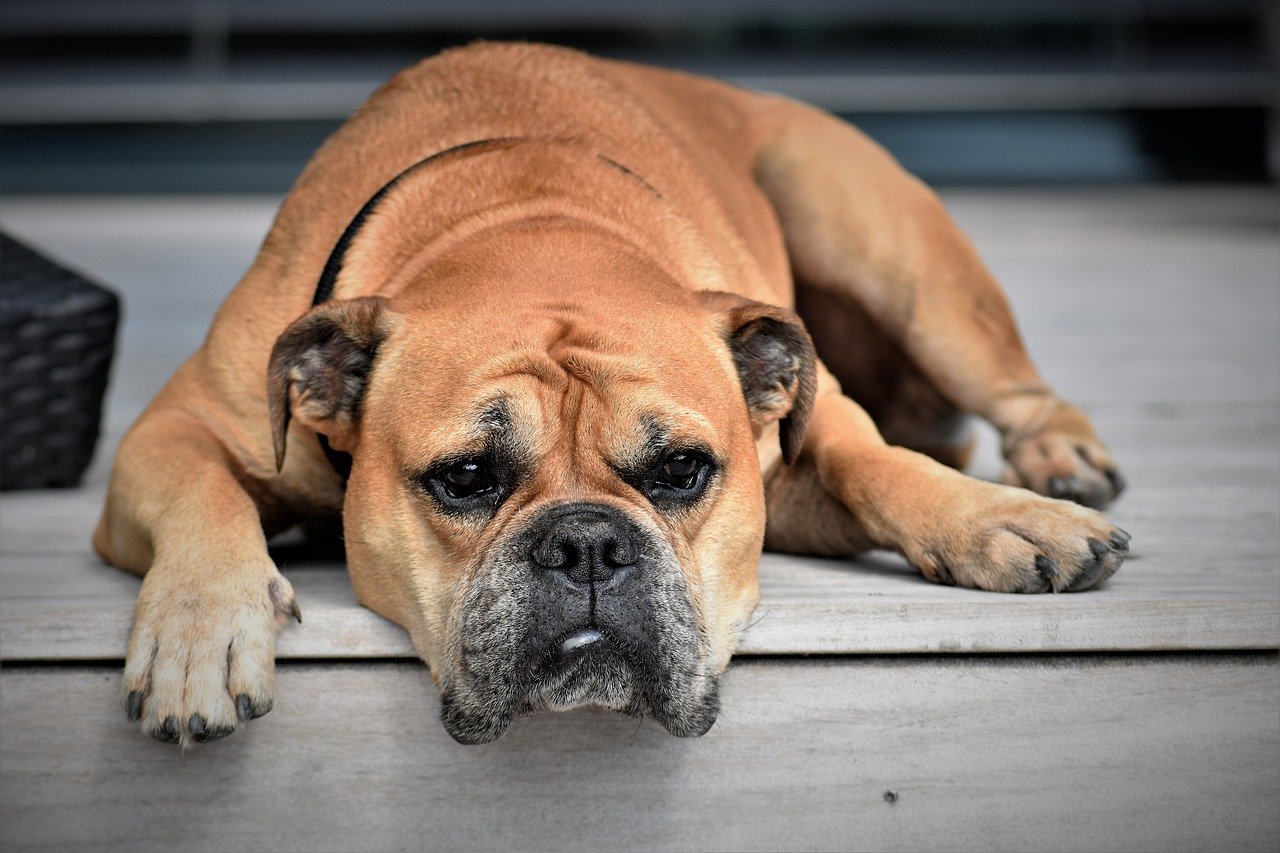How do we say good-bye? How do we look into the trusting eyes of our companion and say “I love you? Please don’t hurt anymore.”? How do we prepare ourselves for that day?
Every person that makes the commitment to love a pet will someday have to make this decision. While it’s never an easy one to make (no one wants their best friend to leave), you also don’t want to see them suffer. A battle with a long term disease or a terrible accident that has left our friend suffering with no quality of life left makes the decision easier to bear.

I had a 3-year-old Siamese mix, Hef, with squamous cell carcinoma in the jaw. It was two weeks from diagnosis to when his quality of life had declined so much it was time to let him go. Only two weeks to prepare me. I have never doubted my decision.
My 10-year-old Alaskan Malamute, Jericho, was diagnosed with lymphatic cancer in April of 2005. Prednisone held cancer at bay for 3 months. I checked his lymph nodes daily for signs of the impending tumors.
I found a lump in his throat on a Thursday night. By Sunday it was the size of a Nerf football. The following Friday, we said our goodbyes. I loved that dog with my whole heart (still do), but it was the right decision. Only 3 months to prepare for me. I have never doubted my decision.
This past winter, January 30th to be exact, I was on my way from work to the barn to meet the vet for my horses’ yearly Coggins test, when my cell phone rang.
It was a fellow boarder that had beat me to the barn and was calling to tell me that my 17-year-old Anglo-Arab mare, Sheba, was colicing. While the mention of the word colic sends shivers down any horse owner’s spine, I thought we were in luck. Horses NEVER colic when the vet is already on the way to see them, and time was on our side.
Dr. Graper arrived ahead of me & administered the banamine injection to ease her pain and allow him to do an examination. Then we continued walking. This is the best thing you can do for a colicing horse, keep them moving and do NOT let them lay down and roll.
After Dr. Graper had finished drawing all the samples for the Coggins tests, he did another examination on Sheba, said she should pass the stool in a few hours and to call him if we needed him.
Back to walking. And more walking. And then some more walking. Thankfully, I had help. Sue, the barn owner, and her daughter Whitney stayed out there with me the entire night, taking turns walking her while someone ran into the tack room to warm up. After it was all done, I figured out that we had walked my poor mare for 7 HOURS!
At about 8:15 PM, we called the vet. Sheba seemed to be increasing in pain and it was getting harder to keep her on her feet. She’d gone down a few times and it was very hard to get her back up. Thankfully, Dr. Graper doesn’t live far from the barn, and he was back within 20 minutes.
He did another examination, turned to me with a frown and said “Something’s not right here. I need to do an ultra-sound.” A few minutes into the ultra-sound, without Dr. Graper ever saying a word, I knew things were NOT going to turn out the way I wanted them to. You could see lots of unusual twists in her intestines and there were three pockets that appeared to be filled with fluid.
He then explained to me that what Sheba was experiencing wasn’t a normal colic. She had tumors in the lining of her intestines that had twisted and pinched off the blood supply to certain areas. She also had three pockets that were filled with fluid that was turning rancid as it had no way of leaving her body.
He said that it wasn’t something that he could fix and that her best chance would be to trailer her to the University of Wisconsin – Madison veterinary hospital. But he didn’t think that she would be able to survive the drive. Madison is approximately 3 hours away, and that’s in a car, not hauling a trailer, with a sick horse trying to roll in it, in the dead of winter.
I knew that Sheba would not want to suffer any longer if it was up to her. I looked into my beautiful mare’s big brown eyes, hugged her close, and whispered “I love you. I’m sorry that I can’t fix you” then told Dr. Graper to do what he had to. Fifteen minutes later, my beautiful mare was peaceful, without pain. Fifteen minutes was all I had to prepare myself. And while this decision was by far the hardest that I have had to make, I have never doubted my decision.
I love all of my pets. And while the previous situations were incredibly hard for me to be in, I know that I did the right thing. There comes a time when we have to put aside our feelings and hurts and think about what is best for our beloved animals. We can not let them suffer to ease our pain.
